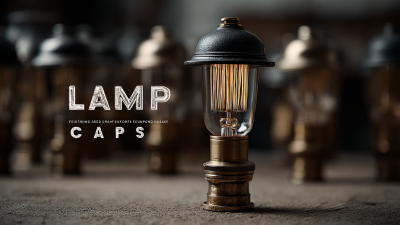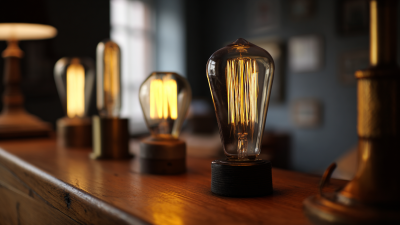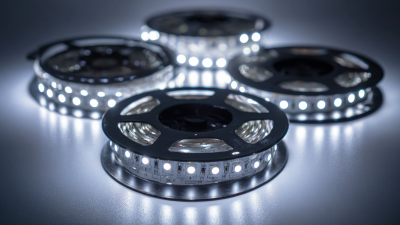In the quest to elevate your living space, one often overlooked element is the lamp cap, a crucial component that can significantly influence the functionality and aesthetic of your lighting fixtures. A well-chosen lamp cap not only complements your décor but also enhances the overall ambiance of a room, providing both warmth and style.
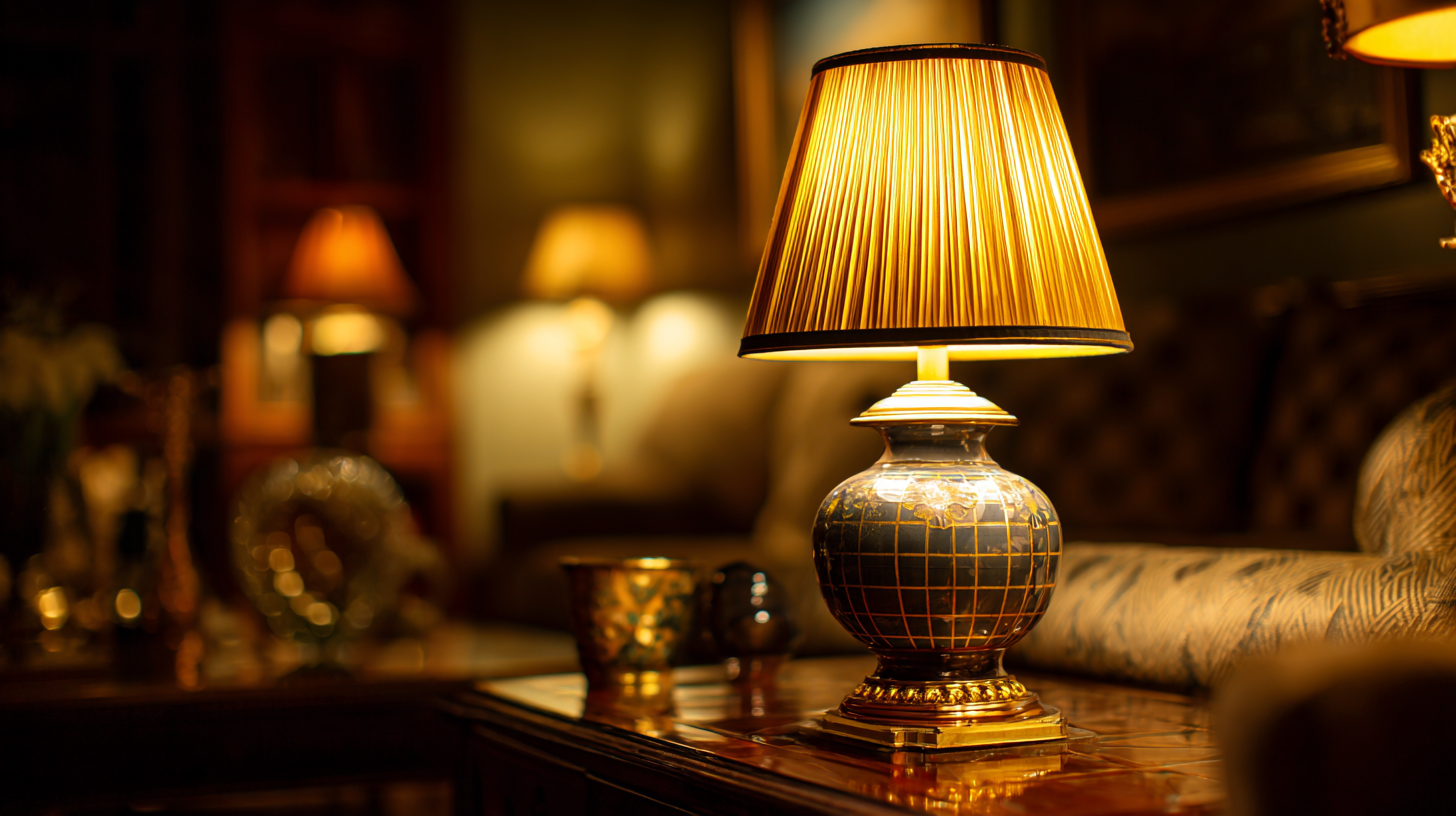
This guide delves into essential tips and insights for selecting the perfect lamp cap tailored to your unique taste and needs. From understanding the different styles and materials available to considering the practical aspects of light distribution, we will explore how the right lamp cap can transform your environment.
Whether you are updating a single fixture or overhauling your entire lighting scheme, these tips will ensure you make informed decisions that resonate with your personal style while maximizing the impact of your lighting. Get ready to illuminate your surroundings with confidence!
When it comes to selecting the perfect lamp cap for your lighting fixture, understanding the different types and their functions is essential. Lamp caps, also known as lamp bases, come in various shapes and sizes, each designed to fit specific types of bulbs. Common types such as the Edison screw (E26, E27) and bayonet bases (B22) are widely used in residential lighting. The Edison screw cap, known for its threaded design, offers ease of installation, making it a popular choice for DIY enthusiasts. In contrast, bayonet caps require a simple push-and-twist mechanism, providing a secure fitting that is often preferred in certain regions.
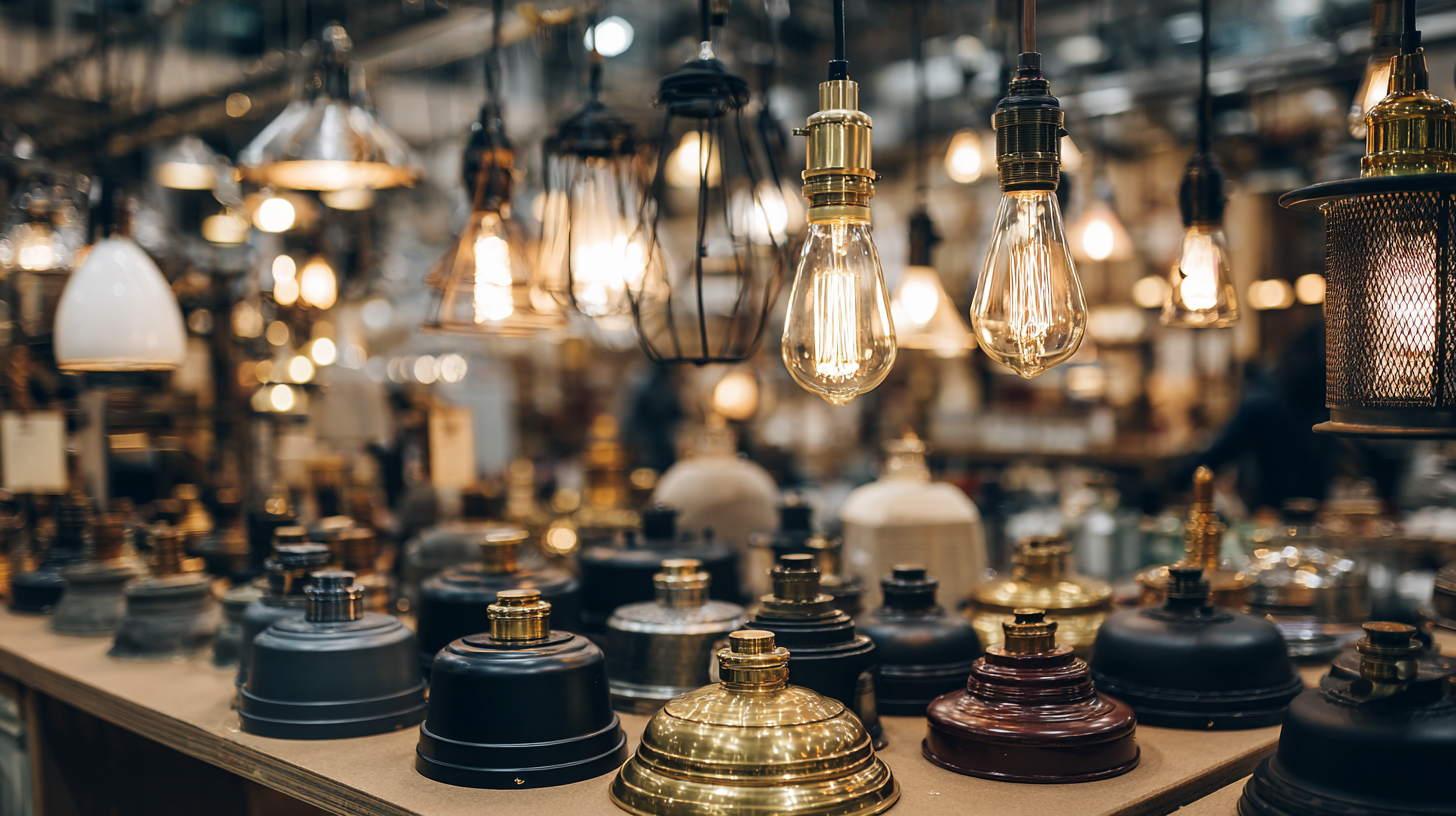
In addition to these standard types, it’s crucial to consider the bulb wattage and energy efficiency when selecting a lamp cap. Some caps are designed for compact fluorescent lamps (CFLs) or light-emitting diodes (LEDs), which often have different energy requirements compared to traditional incandescent bulbs. Matching the right lamp cap with your desired bulb type not only enhances the functionality of your lighting but also ensures safety and longevity. Thus, taking the time to understand these variations will significantly improve your overall lighting experience in any space.
When selecting a lamp cap, the choice of material is crucial, as it influences not only the aesthetic appeal but also the functionality of the lighting fixture. One popular option is ceramic, known for its durability and ability to hold vibrant glazes that enhance any decor. However, ceramics can be heavy and prone to chipping, which may not be ideal in high-traffic areas or for wall-mounted lamps.
Alternatively, metal lamp caps, such as brass or aluminum, offer a sleek, modern look and are incredibly sturdy. They can withstand wear and tear, making them suitable for both indoor and outdoor use. Yet, metal options can conduct heat, which raises safety concerns if not properly insulated. Lastly, plastics and acrylics provide a lightweight and versatile alternative, available in various colors and styles. While they are less expensive and less prone to breaking, they may lack the premium feel of glass or metal and can fade over time.
Balancing aesthetics with practical considerations will help ensure you choose the right material for your lamp cap.
When it comes to selecting the perfect lamp cap, understanding design styles is essential for creating a cohesive interior aesthetic. Lamp caps come in various materials, colors, and shapes, each capable of enhancing different design themes. For instance, a sleek, metallic cap with clean lines often complements modern and industrial spaces, while a woven rattan cap adds warmth and texture to bohemian or rustic interiors. By choosing a lamp cap that aligns with your room's existing elements, you can effortlessly elevate the overall vibe.
Furthermore, consider how the style of your lamp cap interacts with other decor pieces in the room. A vintage glass lamp cap might beautifully accentuate an antique decor theme, while bold, geometric shapes can make a striking statement in contemporary settings. It's important to visualize how the light and shadows created by the lamp cap can influence the mood of the space. By harmonizing your lamp cap choice with your interior design style, you can not only illuminate your room but also make a compelling design statement that reflects your personal taste.
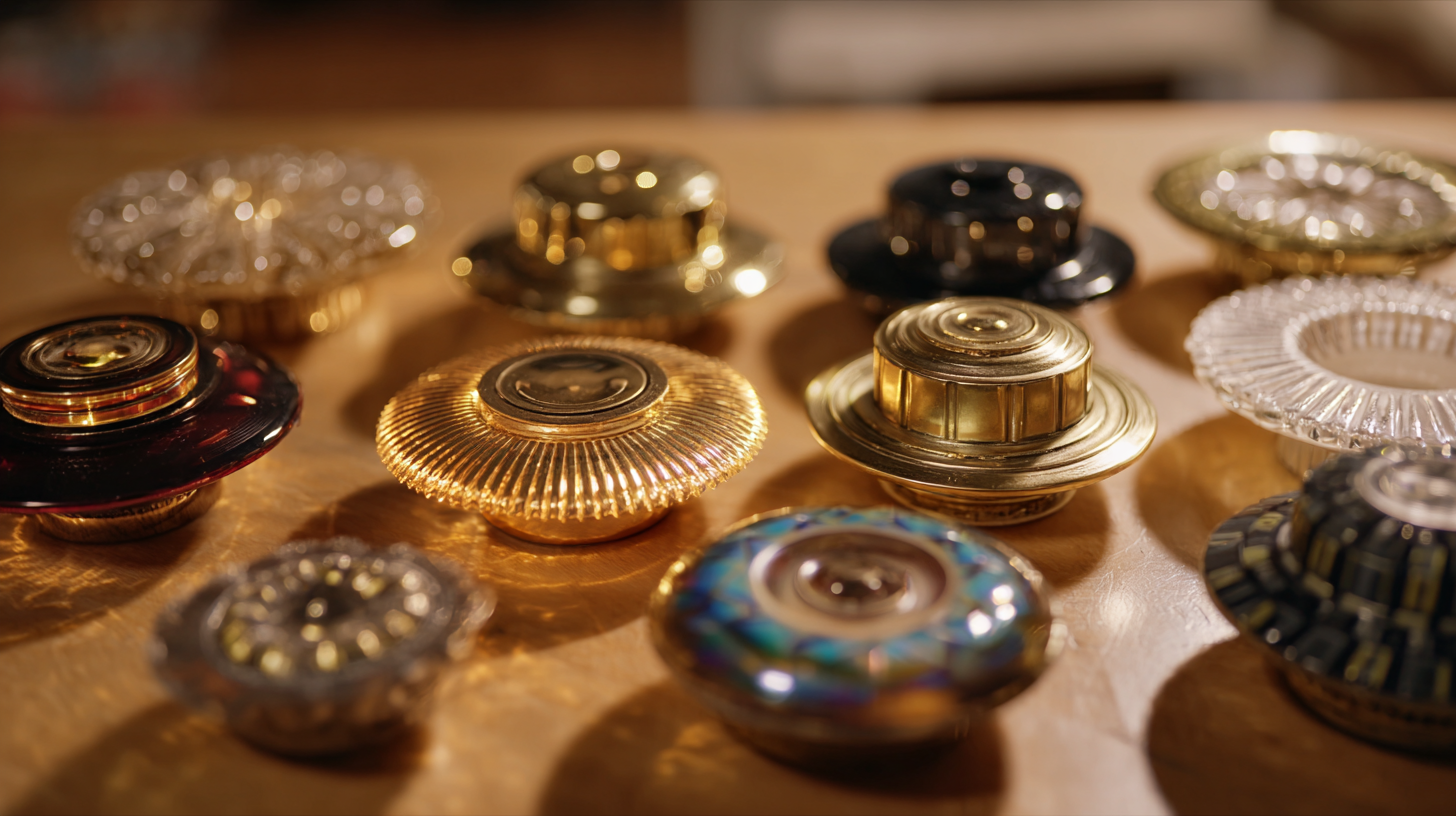
When selecting a lamp cap, energy efficiency should be a primary consideration. A well-chosen lamp cap not only enhances the aesthetic of your space but also helps reduce energy consumption. Opting for LED bulbs is a great way to ensure maximum energy efficiency, as they use significantly less electricity compared to incandescent options while providing the same light output. Additionally, LED bulbs have a longer lifespan, which means less frequent replacements and reduced waste over time.
**Tips:** Look for lamp caps that are compatible with dimmable LED lights, as this allows for better control over energy use and ambiance. Ensure the cap's wattage rating aligns with the bulb you intend to use, as using a bulb with a wattage higher than the cap's rating can lead to overheating and potential fire hazards. Don’t forget to check for certification labels such as ENERGY STAR, which indicate a product meets strict energy efficiency guidelines.
Moreover, consider the type of lighting your room needs. For instance, warm white light is often preferred in living spaces for its cozy feel, while cooler white light can be ideal for workspaces, promoting alertness. Assess these needs before making your choice to ensure your lamp cap not only looks good but also supports an energy-efficient environment.
Properly installing your lamp cap is crucial for both functionality and safety. Begin by ensuring that the power is turned off to avoid any electrical hazards. Remove the old lamp cap carefully, taking note of how it is connected. When installing the new cap, follow the manufacturer's instructions closely. Connect the wires securely, making sure to match the corresponding colors. If you're unsure, consult a professional to avoid any potential issues. Once installed, test the lamp before securing any covers to ensure everything is functioning correctly.
Maintenance is equally important for prolonging the lifespan of your lamp cap. Regularly inspect the cap for any signs of wear or damage, such as frayed wires or corrosion. Cleaning is also essential; use a soft cloth and mild cleaner to remove dust and grime that can accumulate over time. Avoid using harsh chemicals that can damage the finish. Additionally, consider the type of bulb you’re using, as some can generate more heat and may require a different type of cap to ensure safety. By following these guidelines, you can ensure your lamp cap remains both effective and safe for years to come.
